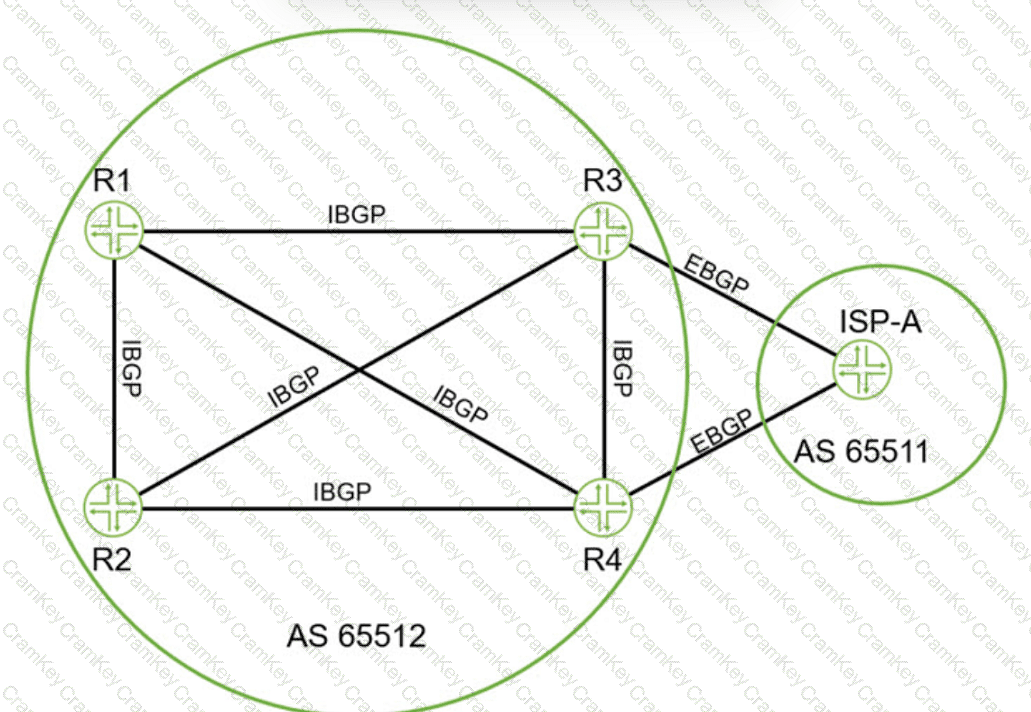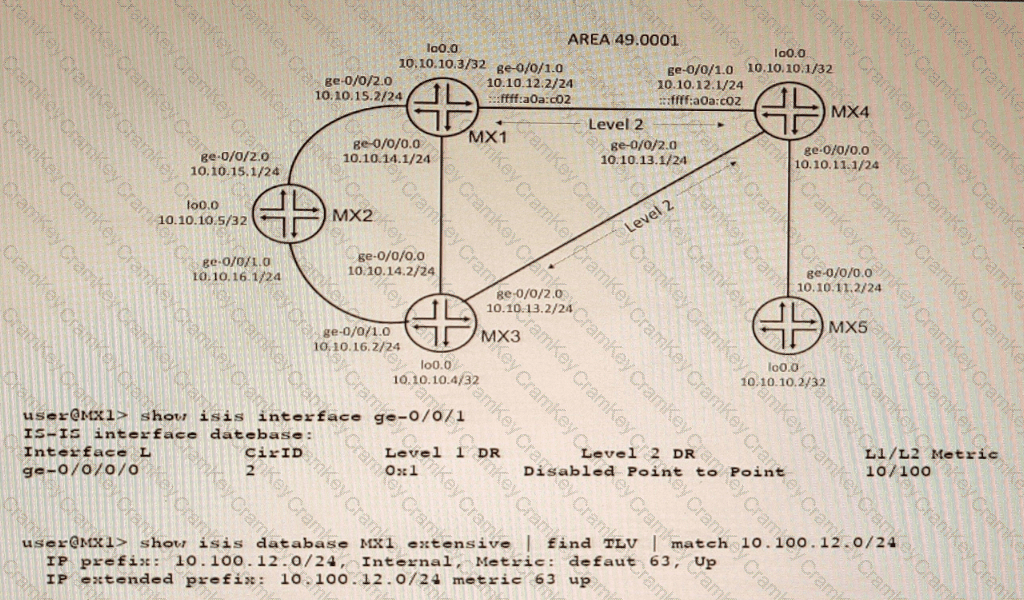Class of Service (CoS) in networking is used to manage traffic by classifying, scheduling, and sometimes modifying packets to ensure network performance and Quality of Service (QoS). Different CoS components are used to achieve these goals. Let's analyze each option to determine which CoS component allows you to alter class-of-service values on the outbound interface of an edge router.
1. **Output Policer**:
- Policing is used to control the rate of traffic sent to or from a network interface. It can drop or remark traffic that exceeds a certain rate.
- Policing is not typically used to alter CoS values but to enforce traffic limits.
2. **Scheduler**:
- A scheduler is responsible for managing the order in which packets are transmitted out of an interface based on their CoS markings. It can allocate bandwidth and prioritize traffic.
- The scheduler manages how packets are queued and sent but does not alter the CoS values of packets.
3. **Rewrite Rules**:
- Rewrite rules are used to modify the CoS values of packets, such as DSCP (Differentiated Services Code Point) or 802.1p bits, as they exit an interface.
- Rewrite rules can alter the class-of-service values in the packet headers to match the desired policies of the outbound interface.
- Therefore, rewrite rules are the correct component for altering CoS values on an outbound interface.
4. **Forwarding Classes**:
- Forwarding classes are used to categorize packets into different traffic classes within a router for QoS handling.
- They help in defining how packets should be treated by the scheduler but do not directly modify the CoS values.
**Conclusion**:
To alter class-of-service values in packets on the outbound interface of an edge router, the correct CoS component to use is:
**C. rewrite rules**
**References**:
- Juniper Networks Documentation on CoS: [Class of Service Overview](https://www.juniper.net/documentation/en_US/junos/topics/concept/class-of-service-overview.html)
- Junos OS CoS Configuration Guide: [Rewrite Rules](https://www.juniper.net/documentation/en_US/junos/topics/topic-map/class-of-service-rewrite-rules.html)


